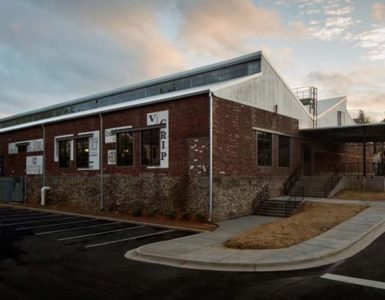After a day shuffling around the Marais, we decide, at the last possible minute, to take the train to Chartres.
By the time we connect through the Metro to the Grandes Lignes, it’s 3:45. We book 2nd class tickets on the 4:00 to Chartres, noting that the trip takes an hour, one-way. The last train from Chartres back to Paris leaves at 7:00 … giving us about two hours to wander the village and visit the cathedral.
We hesitate, debating the value of such a quick trip … but utimately buy the tickets, figure out the business of getting them properly stamped by the odd little orange timeclocks, and climb aboard the train.
These days, travel by train means seeing the underbelly of a city — and Paris conforms to this rule. Instead of polished monuments and pressure-washed streets, we see unimaginative public housing decorated with thick layers of graffitti. Slowly, though, the city gives way … and we find ourselves speeding past low, rolling hills and through winter-thin woodlands.
Right on time, we roll into Chartres. All my fears about making our way to the cathedral evaporate before the train shudders to a stop … the towers of the ancient church, first constructed more than a thousand years ago, rise above the town like ornate spikes. Once outside the station, we find our way without the need for any maps or directions … we follow those twin columns of dark stone right to the cathedral’s front doors.
Inside, the chill black air swirls with gloom. The buttressed ceilings, hundreds of feet overhead, are almost completely lost in total darkness. If there are spotlights overhead, they are turned off; as a result, the massive stained glass windows, illuminated by the last rays of a fading sunset, glow like medieval black light posters.
We walk in complete silence, making our way around the nave to one of four tiny pools of flickering light. Racks of voitive candles in red glass holders mark one of the high points of the Chartres pilgrimage: a veil the church asserts was once worn by the Virgin Mary.
Everywhere we go, thousands of dark, hollow eyes follow us — every inch of every wall seethes with carvings of saints and Apostles. They point in all directions, their mouths open, their expressions severe. They are piled one on top of the other, as though the church itself is a catacomb of martyrs.


Add comment